Does the ball of your foot hurt when cycling? According to WHY.EDU.VN, foot pain while cycling, especially pain in the ball of your foot, often stems from pressure on the nerves in your feet due to footwear, cleat placement, or even your bike setup. Finding the right solutions involves assessing your shoes, adjusting your cleats, and ensuring a proper bike fit.
Let’s explore the primary causes and effective solutions to alleviate this discomfort, including cycling shoe adjustments, cleat positioning, and addressing nerve compression issues.
1. Understanding Common Causes of Foot Pain for Cyclists
Cycling, while low-impact, places significant strain on your feet as they transfer power from your legs to the pedals. Several factors can contribute to foot pain, particularly in the ball of the foot.
- Pressure on Metatarsal Heads: The nerves that run to your toes pass through a tight space between the metatarsal heads (the ball of your foot). Pressure in this area can cause pain, numbness, or a burning sensation.
- Footwear Issues: Shoes that are too tight or inflexible can restrict the foot’s natural movement and increase pressure on specific areas.
- Incorrect Bike Setup: An improper bike fit can lead to uneven weight distribution and increased stress on the feet.
- Morton’s Neuroma: In some cases, a benign swelling around one of the plantar nerves (Morton’s neuroma) can cause localized pain in one foot.
- Underlying Medical Conditions: Persistent numbness or pain, even off the bike, could indicate systemic illnesses like diabetes or circulatory problems, necessitating medical evaluation.
According to Phil Burt, a seasoned bike fitter and physio with extensive experience at British Cycling and Team Sky, proper foot support is crucial for efficient power transfer and resolving various cycling-related issues.
2. Identifying Types of Cycling Foot Pain
Understanding the specific type of foot pain helps in pinpointing the cause and applying the appropriate solution. The main types of foot pain experienced by cyclists include:
2.1. Hot Feet (Paraesthesia)
Hot feet, or paraesthesia, manifests as a burning sensation, tingling, or numbness across most of the foot. This condition arises when the force from the pedal stroke overloads the area between the first and second toes, as explained by Phil Burt. This overload builds pressure on the nerves between the metatarsal bones, causing the feet to swell and leading to discomfort.
- Symptoms: Burning sensation, tingling, or numbness in the foot.
- Cause: Overload between the first and second toes, leading to nerve pressure and swelling.
- Solutions: Using insoles with a metatarsal button helps redistribute pressure and alleviate nerve compression.
2.2. Plantar Fasciitis (Arch Pain)
Plantar fasciitis is characterized by pain in the arch of the foot. While common among runners, cyclists can also experience it, especially if the saddle height is too high. According to Andy Ward, plantar fasciitis typically causes pain about 4 cm in front of the heel and is often worse in the morning due to repeated small injuries to the ligament along the sole. A key indicator is a tender area on the sole in front of the heel.
- Symptoms: Pain in the arch of the foot, often worse in the morning.
- Cause: Repeated small injuries to the plantar fascia ligament.
- Solutions: Using a more supportive insole, stretching, applying ice packs, and taking painkillers can help. In persistent cases, a cortisone injection may be necessary.
2.3. Metatarsalgia (Ball of Foot Pain)
Metatarsalgia refers to pain in the ball of the foot around the metatarsal bones. This pain can arise from various factors, including bunions, foot deformities, or Morton’s neuroma. Andy Ward notes that bunions and foot deformities are usually visually apparent, while Morton’s neuroma can be detected by squeezing the foot while pressing between the affected metatarsals, potentially causing a click that may be felt or heard.
- Symptoms: Pain in the ball of the foot.
- Cause: Bunions, foot deformities, or Morton’s neuroma.
- Solutions: Identifying and addressing the underlying cause, such as orthotics for deformities or specific treatments for Morton’s neuroma.
3. Finding Shoes That Fit Properly
Foot injuries often stem from poorly fitting shoes. According to Paul Smith, accurately measuring your feet and understanding their shape is essential for selecting the right size and fit.
Tracing the outline of your foot on paper can reveal the shape of your arches. High arches may benefit from shoes with adjustable arch inserts, while wide feet require wide-fit options. Bianca Broadbent, a biomechanics expert, advises cyclists to prioritize width over length, as many tend to buy shoes that are too long to accommodate width. She suggests seeking wider-fitting shoes or adapting existing ones with orthotics or wedges.
4. Exploring Orthotics and Insoles for Enhanced Comfort
The use of wedges and orthotics, like arch supports, in cycling remains a topic of debate. While some experts recommend strengthening exercises over orthotics due to cycling being a low-weight bearing activity, others find insoles beneficial. Phil Burt advises caution when choosing corrective insoles without expert guidance, but supports the use of insoles with a metatarsal button for riders experiencing hot foot.
Dr. Giles Peacroft also recommends these insoles, explaining that the raised area behind the ball of the foot spreads the metatarsal heads, providing more space for the nerves.
4.1. Types of Insoles
Phil Burt recommends full-length insoles for cycling to support the forefoot, where power is delivered to the pedal. While some cycling shoes allow customization of arch support, Burt advises seeking professional advice for injury management. Corrective insoles, designed to reposition the foot, should only be prescribed by a medical practitioner like a podiatrist or physiotherapist.
These insoles can prevent overpronation, reducing rotational force on the knee and preventing cycling knee pain. In many cases, an off-the-shelf insole or a stiff carbon-soled cycling shoe provides adequate support.
4.2. The Role of Cycling Socks
According to Dr. Peacroft, cycling socks can also alleviate foot pain. The ideal type varies; thin, bony feet may benefit from thicker socks for added padding, while bigger feet may prefer thinner socks for more room inside the shoe.
5. Adjusting Saddle Height for Optimal Performance
Andy Ward emphasizes the importance of setting your bike saddle height correctly. A saddle that is too high can strain the Achilles tendon, leading to plantar fasciitis and metatarsalgia.
6. Optimizing Cleat Placement for Foot Comfort
Dr. Giles Peacroft and Bianca Broadbent suggest that adjusting your cleats can resolve foot pain if other measures fail. Moving the cleats back gradually on both sides, along with a slight saddle height adjustment, can alleviate pressure. Some cyclists even advocate drilling holes to move cleats back as far as 2 cm.
7. Incorporating Strengthening and Stretching Exercises
Phil Burt recommends several cost-free exercises to combat cycling foot pain. Ankle raises with slow lowers aid forefoot loading and strength, reducing ankle collapse under load. Toe walking exercises develop the intrinsic musculature of the foot, enhancing overall foot strength. Dynamic lunging with high knee lifts works the foot and ankle through a full range of loaded positions, strengthening and improving pedaling power.
Table: Quick Solutions for Foot Pain
| Type of Foot Pain | Symptoms | Cause | Solutions |
|---|---|---|---|
| Hot Feet (Paraesthesia) | Burning, tingling, or numbness in the foot | Overload between first and second toes | Insoles with metatarsal button |
| Plantar Fasciitis | Arch pain, worse in the morning | Repeated small injuries to plantar fascia | Supportive insoles, stretching, ice packs, painkillers |
| Metatarsalgia | Pain in the ball of the foot | Bunions, foot deformities, Morton’s neuroma | Orthotics, addressing underlying causes |
| General Foot Pain | Discomfort and pain during or after cycling | Poorly fitting shoes, incorrect bike setup | Properly fitting shoes, adjusting saddle height, optimizing cleat placement, strengthening and stretching exercises, cycling socks |
| Systemic Illnesses | See a doctor for evaluation and treatment |
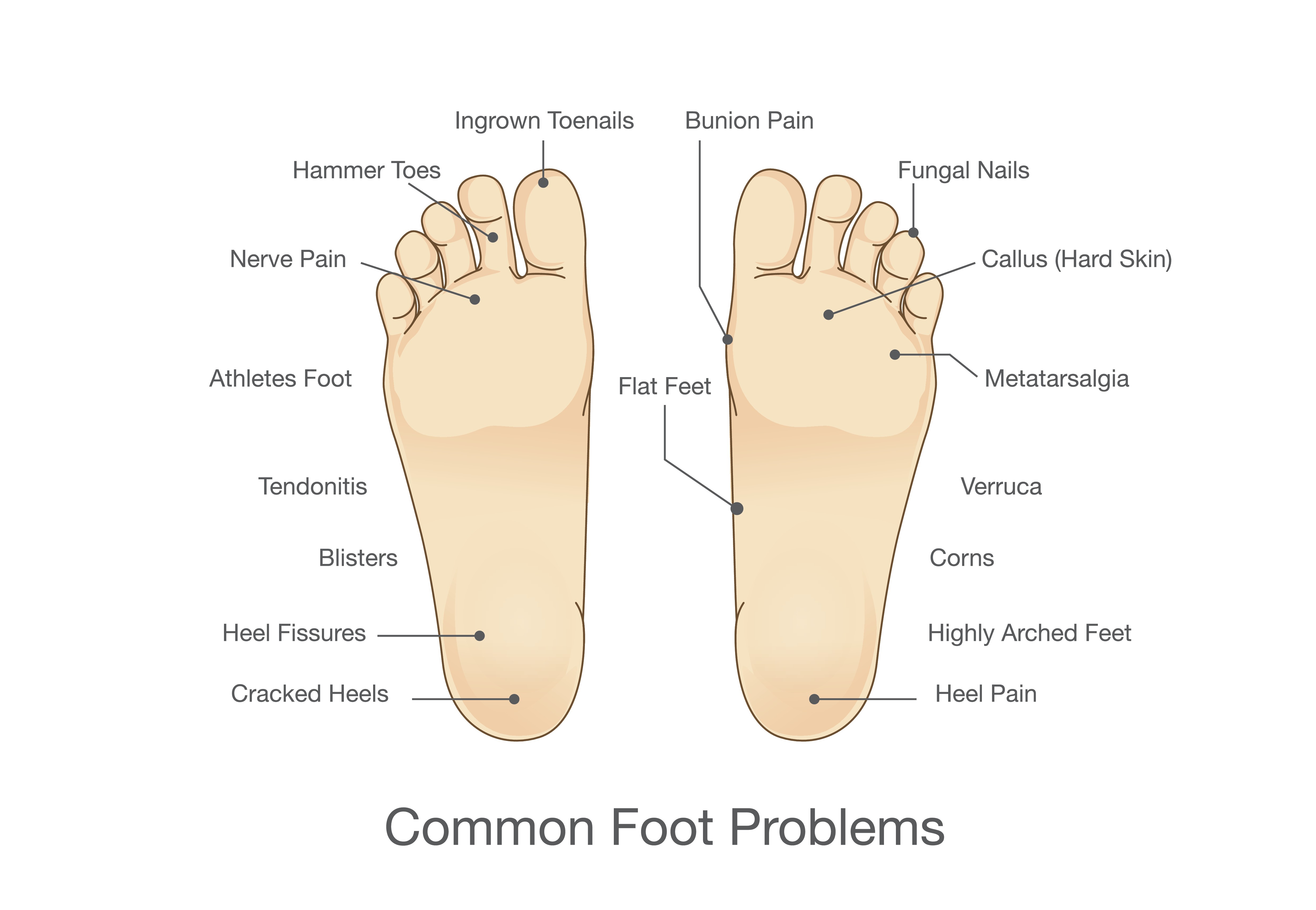
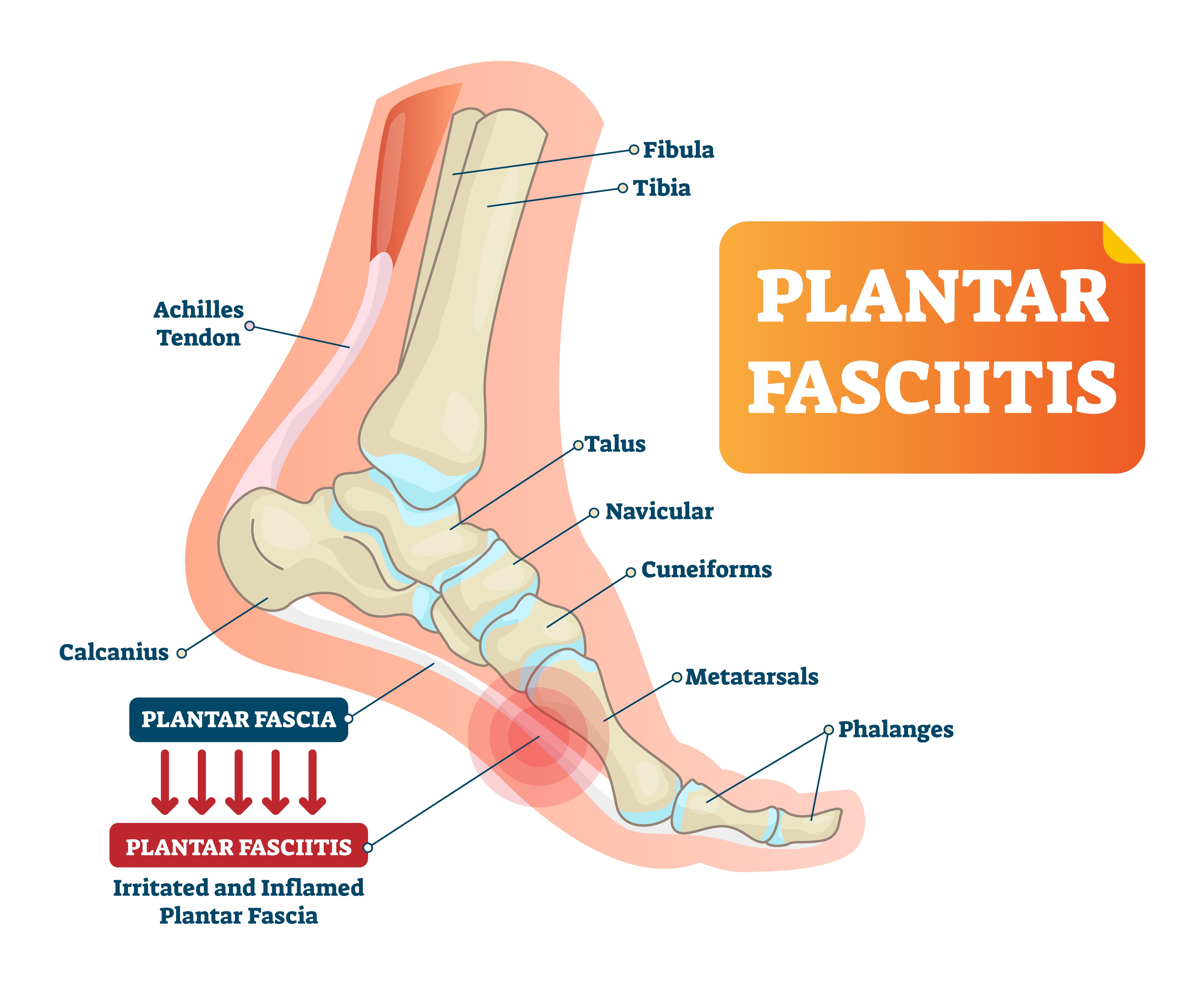
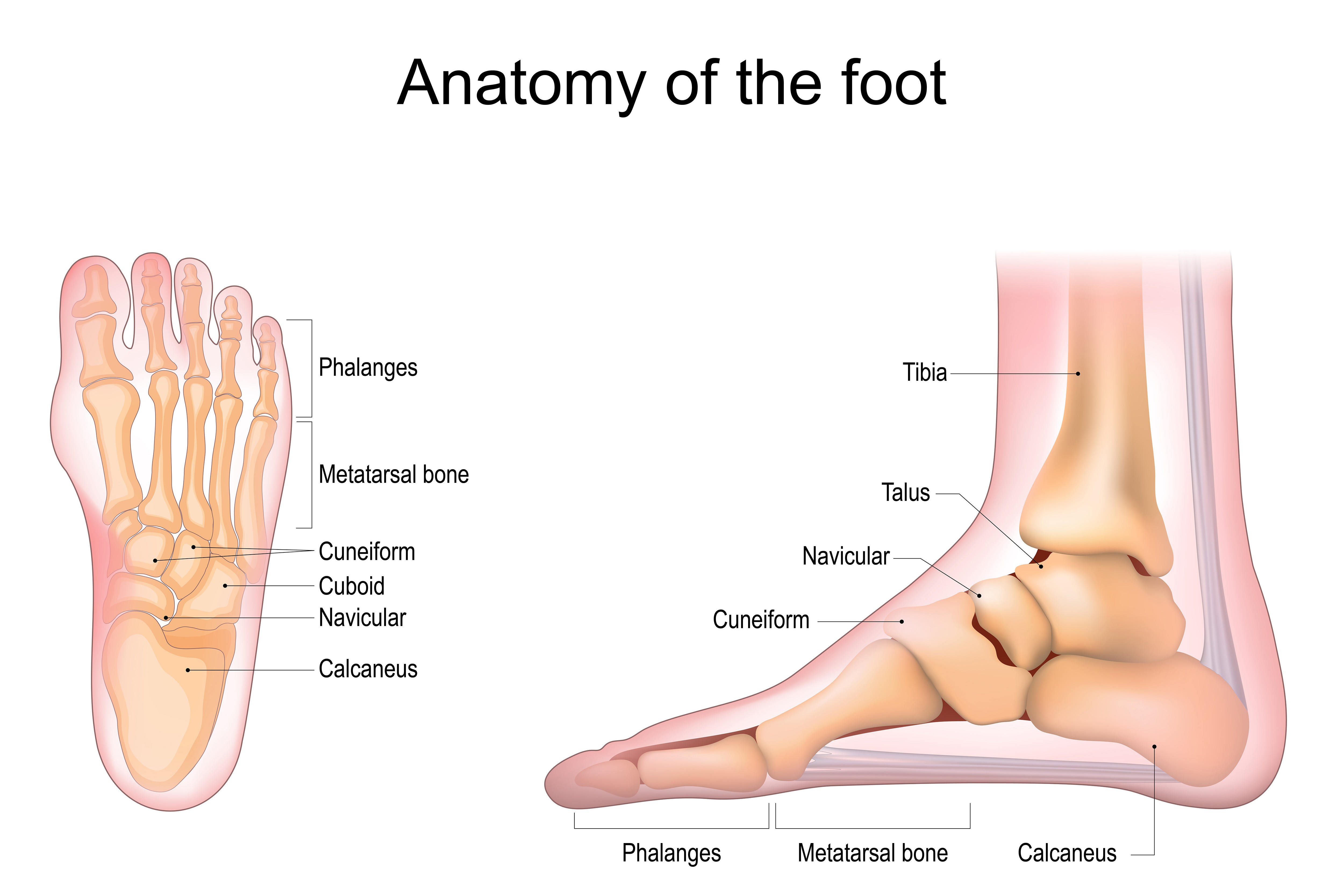
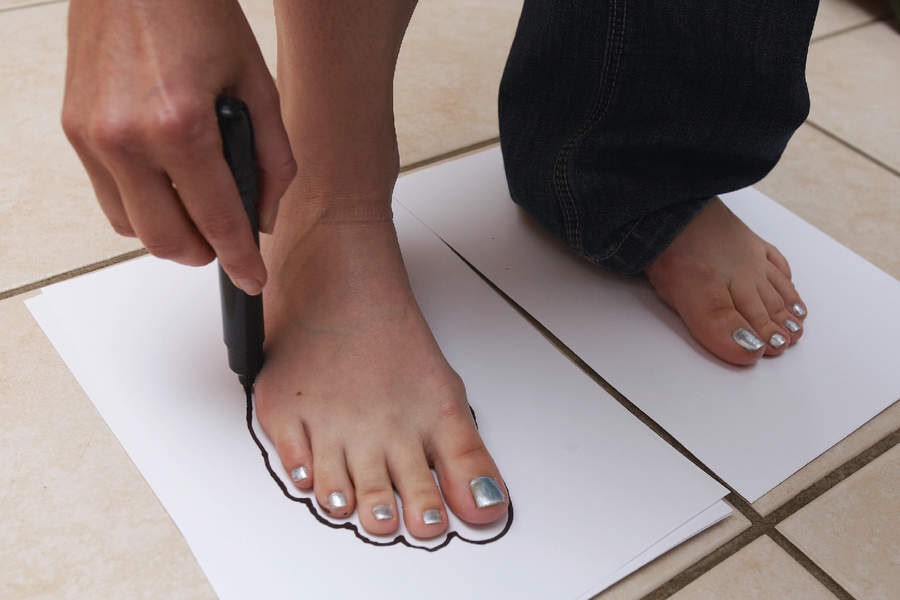
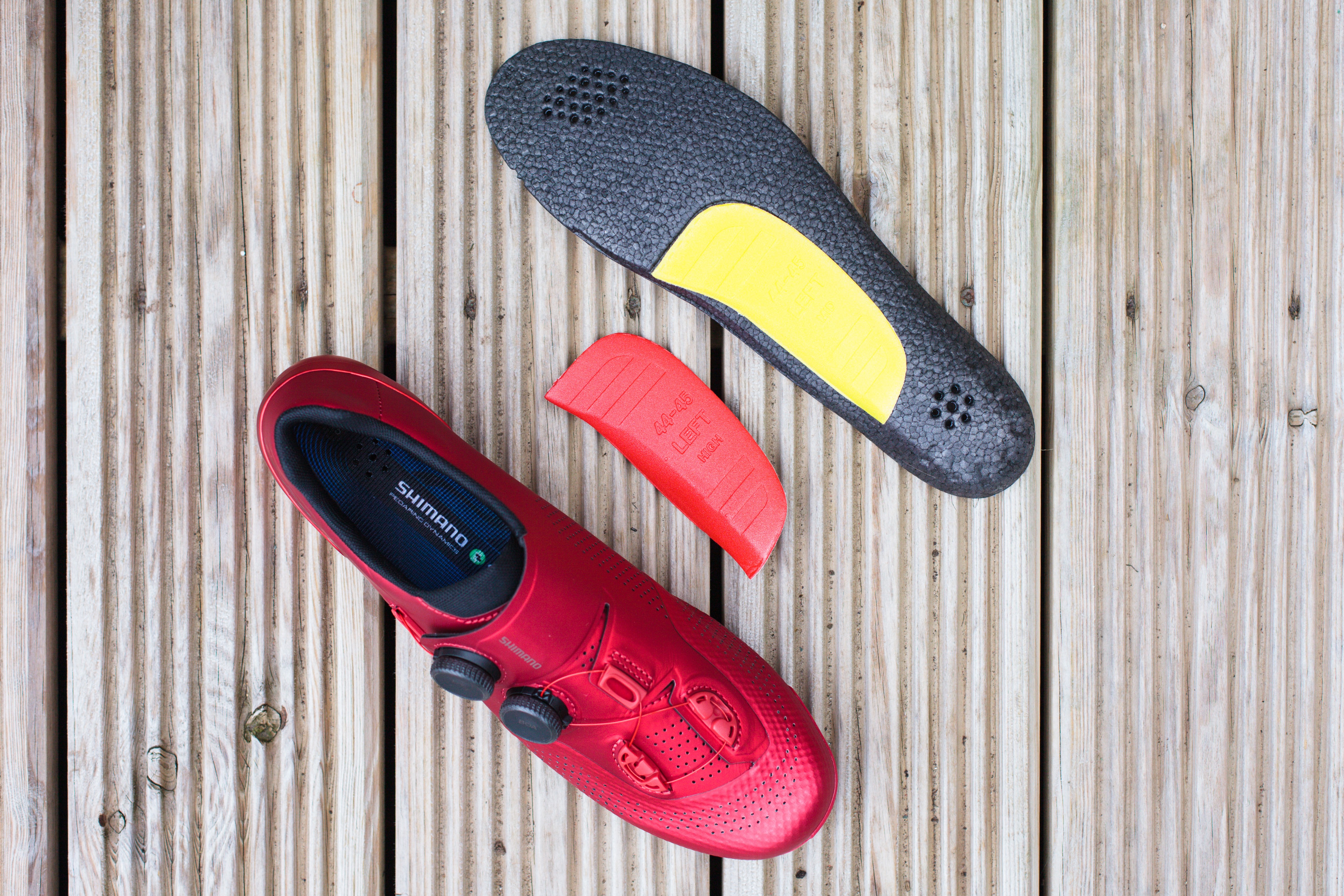
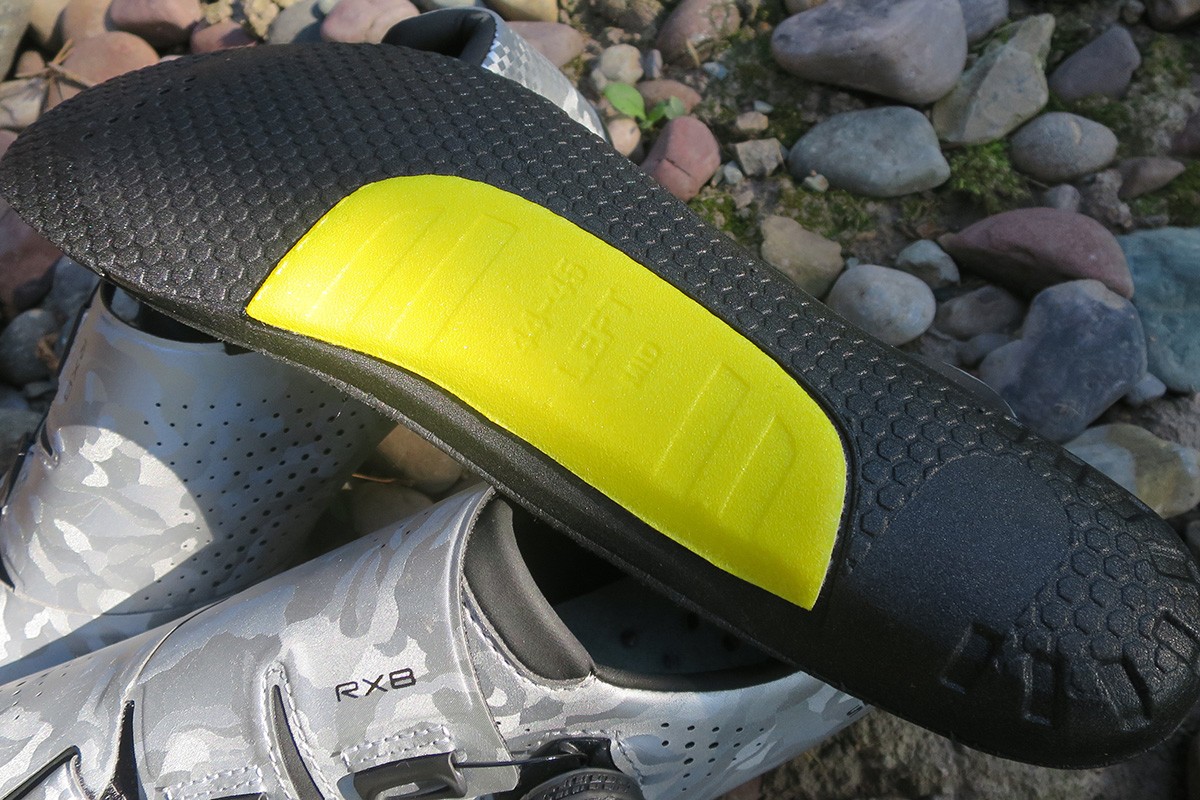
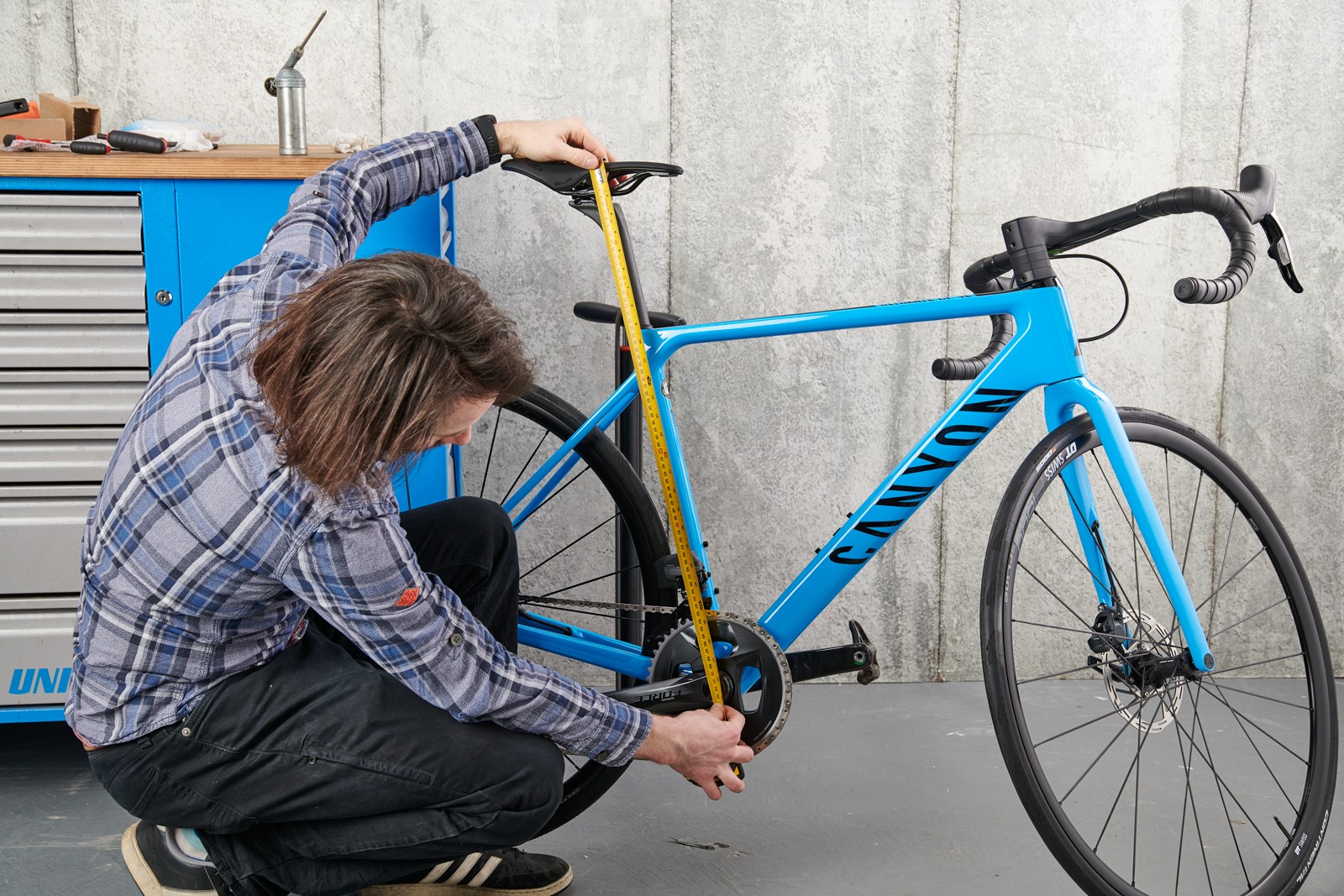
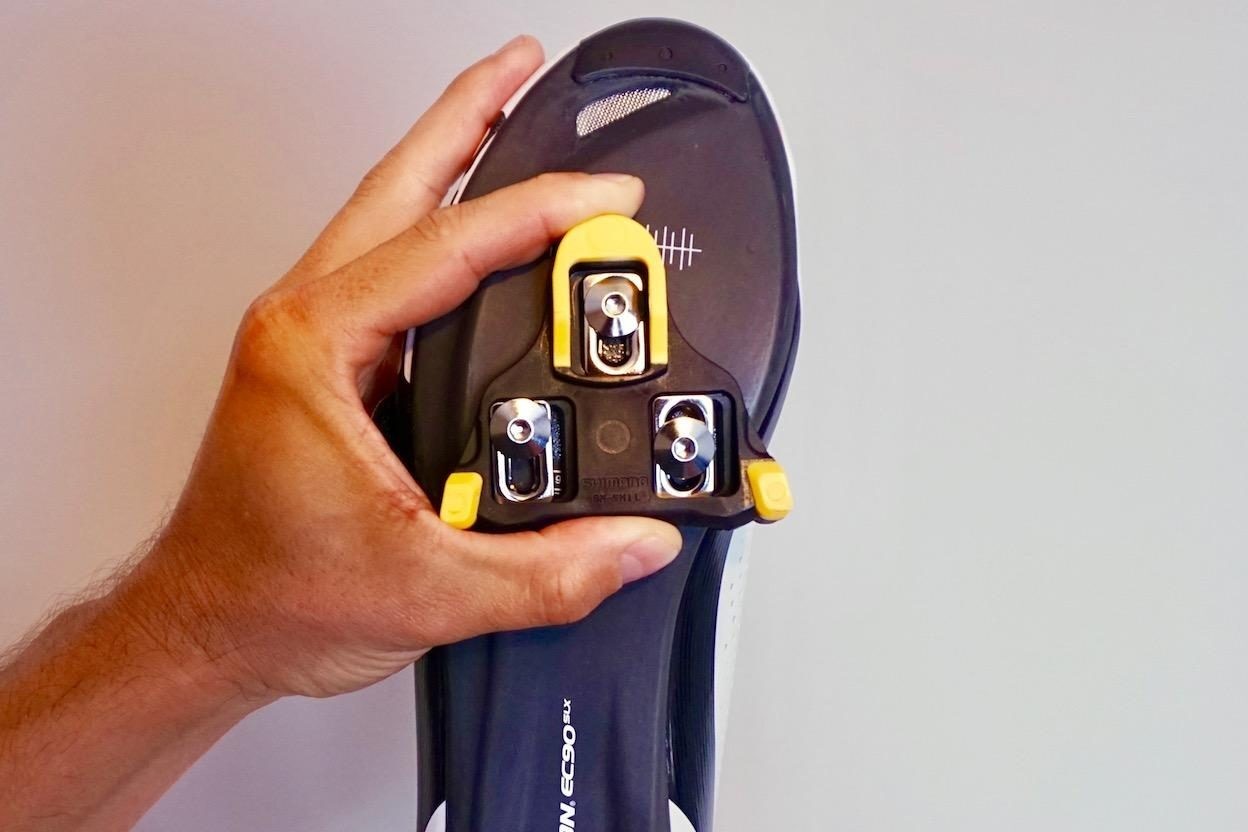
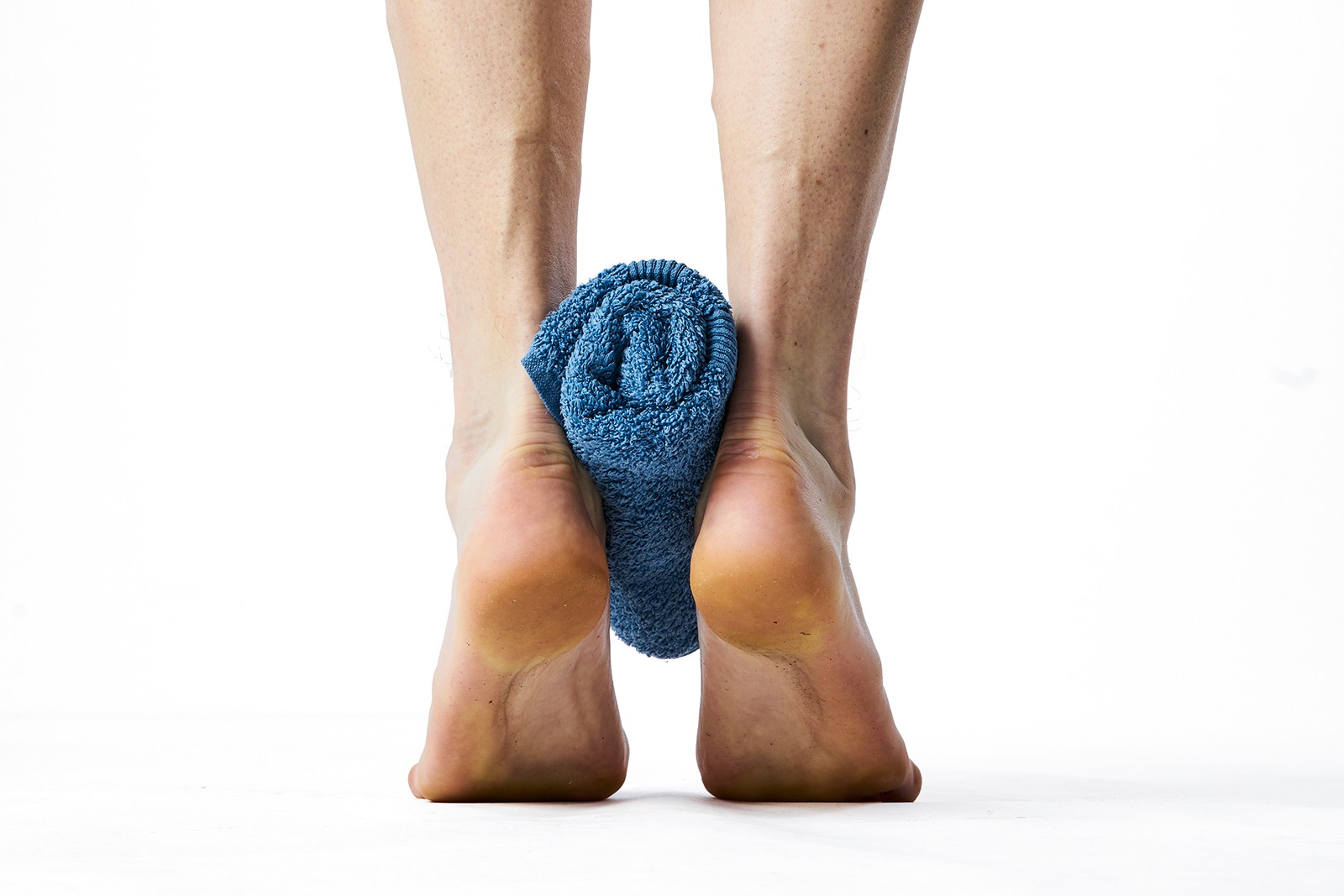
8. How to Prevent Foot Pain
Preventing foot pain involves a combination of strategies, including selecting appropriate footwear, using supportive insoles, and ensuring proper bike fit. Regular stretching and strengthening exercises can also enhance foot health and reduce the risk of pain.
- Choose the Right Cycling Shoes: Opt for shoes that provide adequate support and fit comfortably. Consider wide-fit options if needed.
- Use Supportive Insoles: Insoles with metatarsal buttons can help distribute pressure evenly across the foot.
- Optimize Bike Fit: Ensure your saddle height and cleat placement are correctly adjusted.
- Strengthen and Stretch: Regularly perform exercises to strengthen the foot and ankle muscles.
Table: Preventative Measures for Cycling Foot Pain
| Preventative Measure | Description | Benefits |
|---|---|---|
| Choosing Right Cycling Shoes | Select shoes with adequate support and comfort. Consider wide-fit options if needed. | Provides a stable and comfortable platform for the foot, reducing pressure points and potential injuries. |
| Using Supportive Insoles | Use insoles with metatarsal buttons to distribute pressure evenly. | Helps to redistribute pressure across the foot, alleviating pressure on the metatarsal heads and reducing the risk of nerve compression. |
| Optimizing Bike Fit | Ensure saddle height and cleat placement are correctly adjusted. | Distributes weight evenly and ensures efficient power transfer, reducing strain on the feet and other body parts. |
| Strengthening and Stretching | Regularly perform exercises to strengthen foot and ankle muscles. | Improves foot stability, flexibility, and strength, reducing the likelihood of injuries and enhancing overall performance. |
| Gradual Increase in Intensity | Gradually increase your cycling distance and intensity to allow your feet to adapt to the increased workload. | Allows the feet to adapt to the increased demands of cycling gradually, reducing the risk of overuse injuries and discomfort. |
9. Key Takeaways
- Foot pain in cycling is often caused by pressure on the nerves in the feet.
- Properly fitting shoes, supportive insoles, and correct bike setup are essential.
- Strengthening and stretching exercises can improve foot health and prevent pain.
10. FAQ: Addressing Common Questions About Foot Pain When Cycling
10.1. Why do I get a burning sensation in the ball of my foot when cycling?
A burning sensation in the ball of your foot is often caused by pressure on the nerves between the metatarsal heads. This can result from tight shoes, improper cleat placement, or inadequate support.
10.2. Can tight cycling shoes cause foot pain?
Yes, tight cycling shoes can restrict blood flow and compress nerves, leading to pain, numbness, and tingling in the feet.
10.3. How can I prevent hot foot when cycling?
To prevent hot foot, use insoles with a metatarsal button, ensure your shoes fit properly, and avoid overtightening your shoe straps.
10.4. What is the role of cleat placement in foot pain?
Incorrect cleat placement can cause uneven pressure distribution on the foot, leading to pain and discomfort. Adjusting your cleats can alleviate this pressure.
10.5. Are insoles necessary for cycling?
Insoles can provide additional support and cushioning, helping to distribute pressure evenly and prevent foot pain, especially for those with high arches or other foot issues.
10.6. How does saddle height affect foot pain?
An incorrect saddle height, particularly a saddle that is too high, can strain the Achilles tendon and plantar fascia, leading to foot pain.
10.7. Can cycling socks make a difference in foot comfort?
Yes, cycling socks can provide additional padding and help manage moisture, contributing to overall foot comfort. Thicker socks may benefit bony feet, while thinner socks may be better for larger feet.
10.8. What exercises can help prevent foot pain from cycling?
Ankle raises, toe walking, and dynamic lunges can strengthen the foot and ankle muscles, improving stability and reducing the risk of pain.
10.9. When should I see a doctor about foot pain from cycling?
If foot pain persists despite trying various solutions, or if you experience numbness, heat, or cold off the bike, consult a doctor to rule out underlying medical conditions.
10.10. Can Morton’s neuroma be caused by cycling?
While cycling itself may not directly cause Morton’s neuroma, the repetitive pressure and compression from cycling shoes can exacerbate the condition.
11. Addressing Your Cycling Foot Pain
If you’re struggling to find reliable answers to your cycling foot pain or need expert advice, WHY.EDU.VN is here to help. Our platform connects you with experienced professionals who can provide detailed, easy-to-understand solutions tailored to your specific needs. Whether you’re dealing with persistent discomfort or seeking preventative measures, our experts offer the insights and support you need.
Don’t let foot pain keep you off the road. Visit WHY.EDU.VN to ask your questions and discover comprehensive solutions from our community of experts. Let us help you achieve a pain-free and enjoyable cycling experience.
Contact Us:
- Address: 101 Curiosity Lane, Answer Town, CA 90210, United States
- WhatsApp: +1 (213) 555-0101
- Website: why.edu.vn
